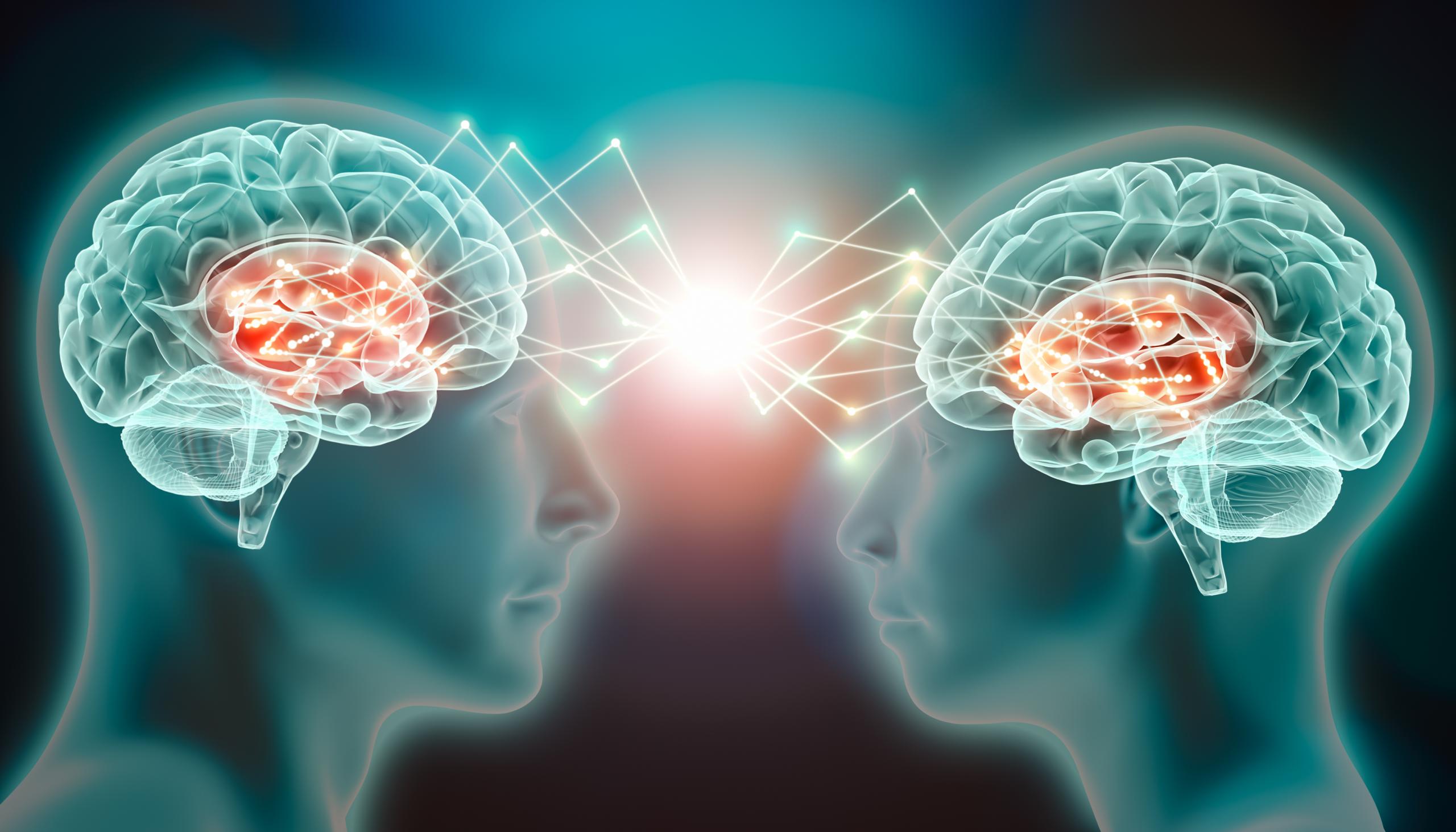Interpersonal neurobiology (IPNB) and neuroplasticity are two interconnected concepts that illuminate the intricate relationship between our brains, our social interactions, and our ability to adapt and change throughout life. Understanding these concepts is essential for professionals in fields such as psychology, education, and healthcare, as they provide insights into how our experiences shape our neural architecture and influence our emotional and relational well-being.
At its core, interpersonal neurobiology merges insights from neuroscience, psychology, and sociology to explore how our brains are wired not just individually but within the context of relationships. IPNB posits that human development is fundamentally relational; our brains are shaped by our interactions with others, emphasizing the significance of social bonds in cognitive and emotional development. For instance, the quality of early caregiver relationships can have profound and lasting effects on a child’s brain development, impacting everything from emotional regulation to stress responses. Findings from studies in IPNB suggest that fostering secure attachments can enhance resilience, emotional health, and even cognitive functioning by facilitating optimal brain development.
Neuroplasticity, on the other hand, refers to the brain’s inherent ability to reorganize itself by forming new neural connections throughout life. This plasticity is critical for learning, memory, and recovery from injury. Research indicates that engaging in new experiences, learning new skills, and even practicing mindfulness can lead to structural changes in the brain, illustrating the dynamic capabilities of our neural networks. Moreover, neuroplasticity is not solely influenced by individual experiences; relational experiences can also induce changes. Positive interactions with others can promote healthier neurobiological states, while adverse relational experiences can result in maladaptive neural patterns. Consequently, understanding neuroplasticity is crucial for effectively leveraging IPNB principles in therapeutic and educational settings.
The integration of interpersonal neurobiology and neuroplasticity offers a powerful framework for enhancing mental health and well-being. Therapists and educators can employ strategies that emphasize the importance of secure relationships in promoting neuroplastic change. For example, therapeutic practices that emphasize empathy, connection, and collaboration can facilitate healing and personal growth by reinforcing positive neural connections. Similarly, educational environments that foster supportive relationships and collaboration among students can stimulate cognitive development and emotional resilience.
In conclusion, interpersonal neurobiology and neuroplasticity collectively underscore the importance of relationships in shaping our brains and influencing our capacity for change. By recognizing the interconnectedness of these concepts, professionals can better understand the mechanisms underlying human development and utilize this knowledge to foster healthier, more adaptive environments for individuals across the lifespan. As research in these areas continues to evolve, it holds the promise of advancing our understanding of the profound implications of social engagement and its potential to transform lives through the adaptive power of the human brain.



